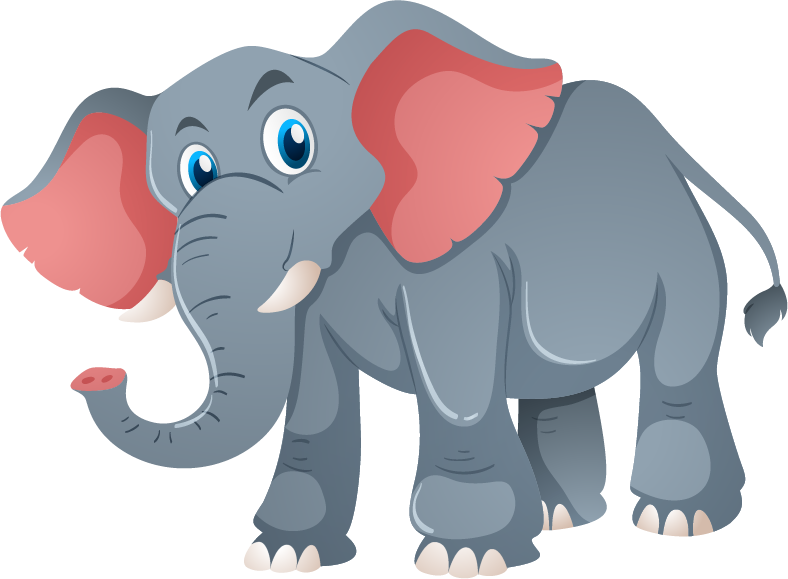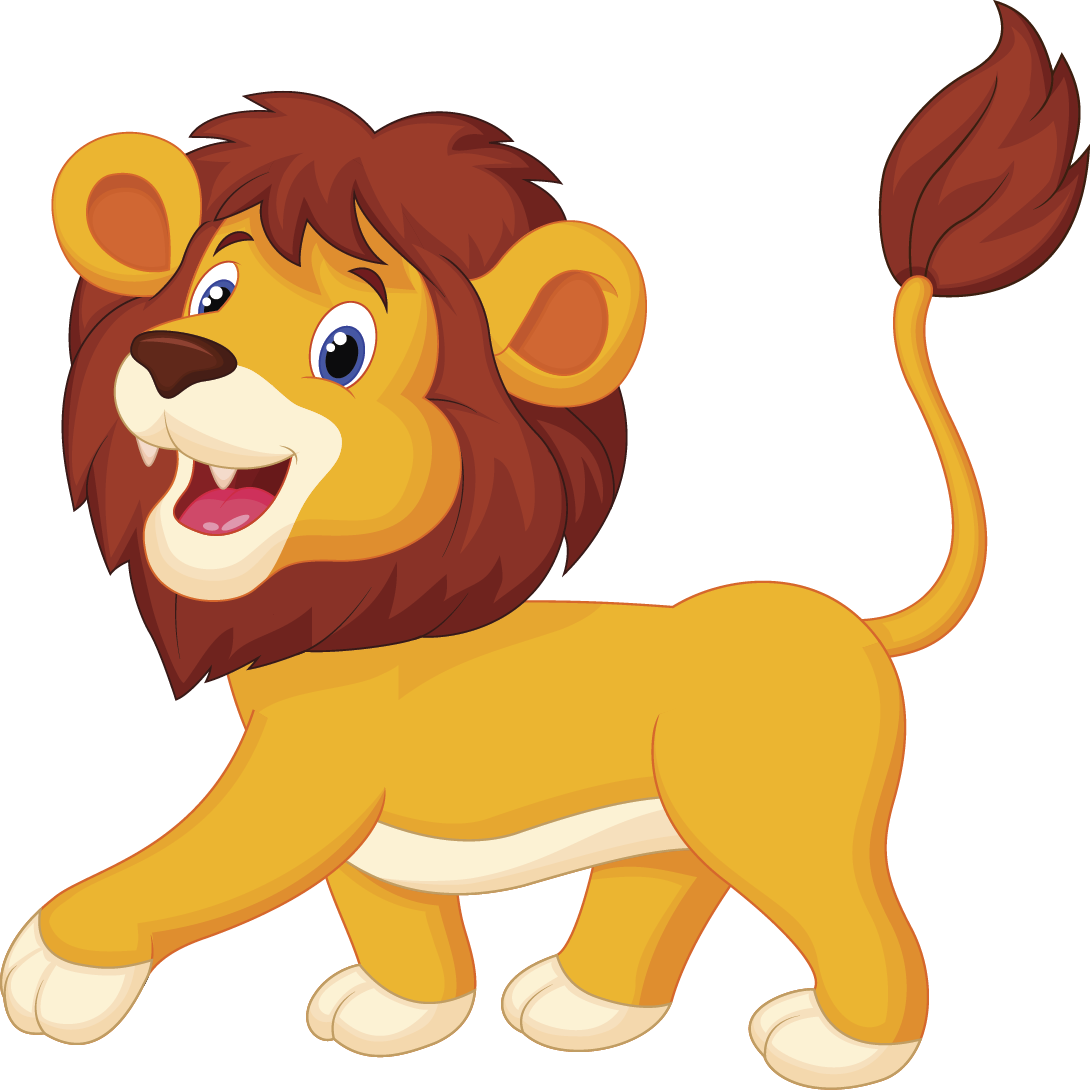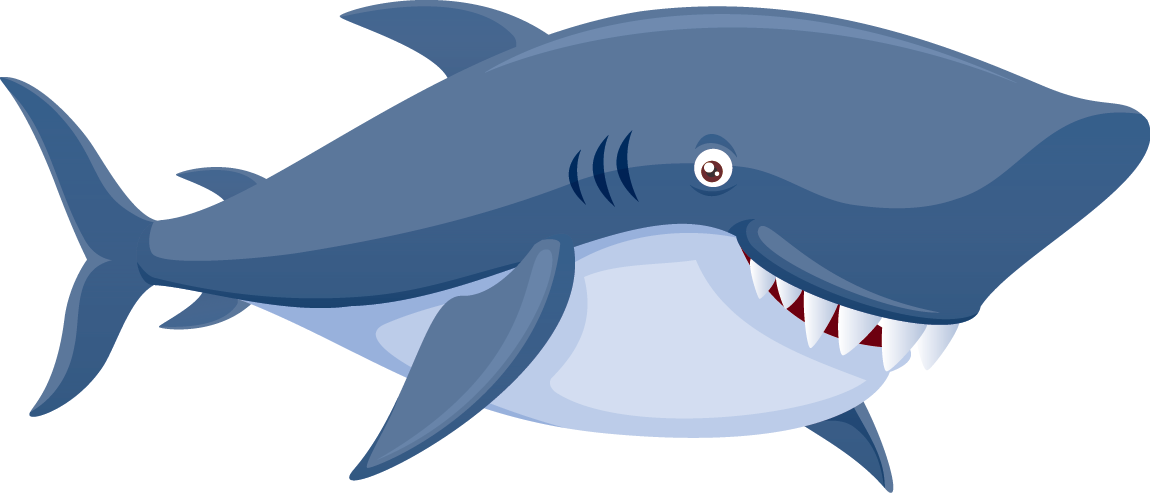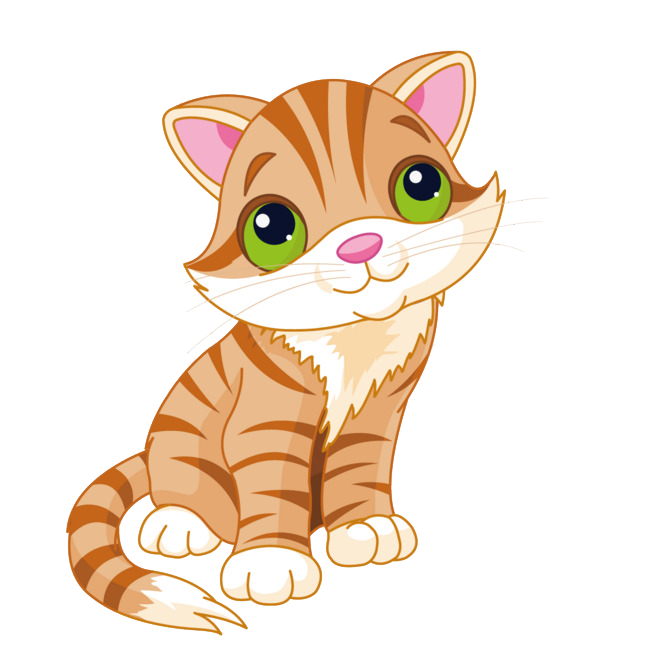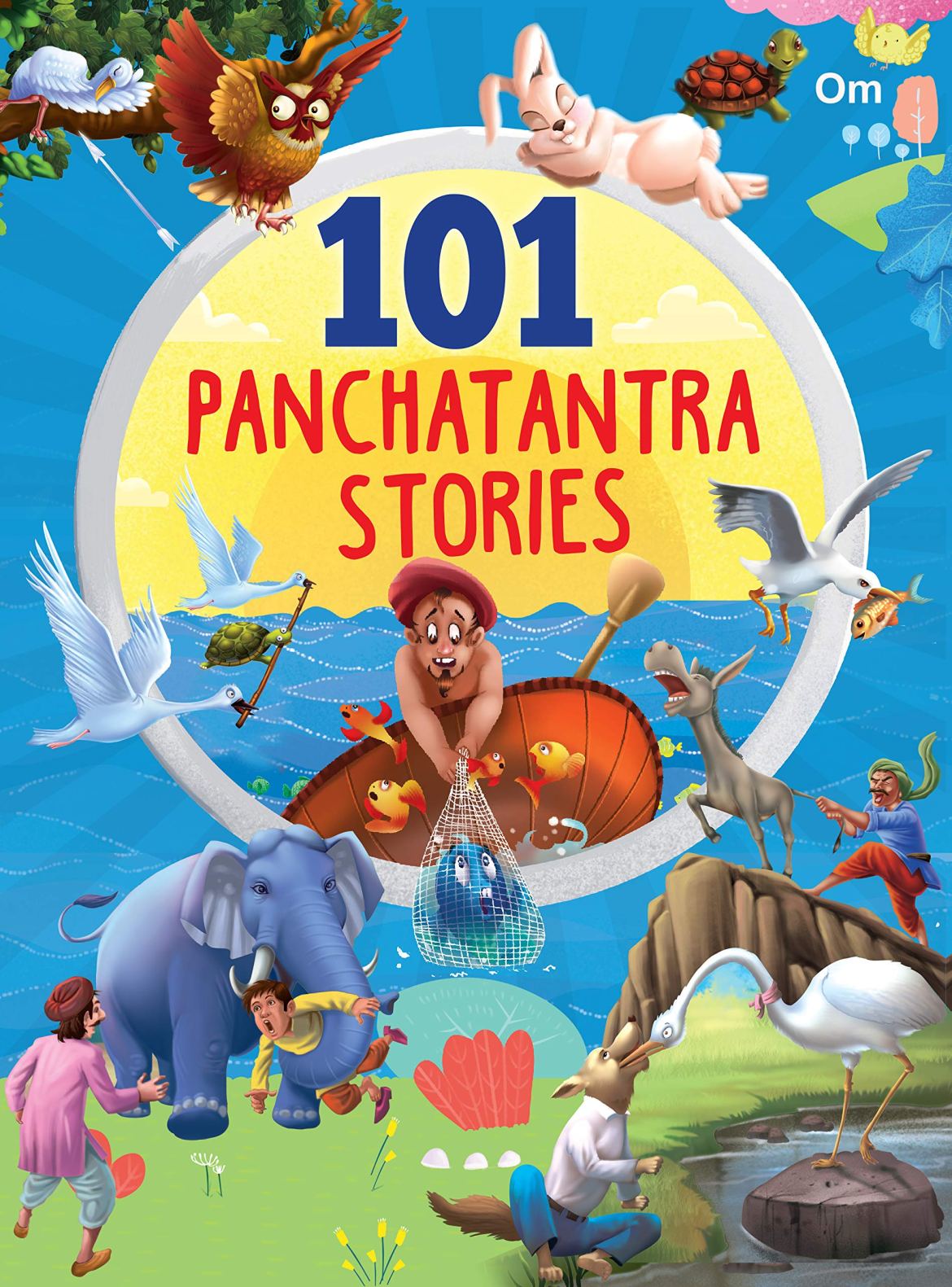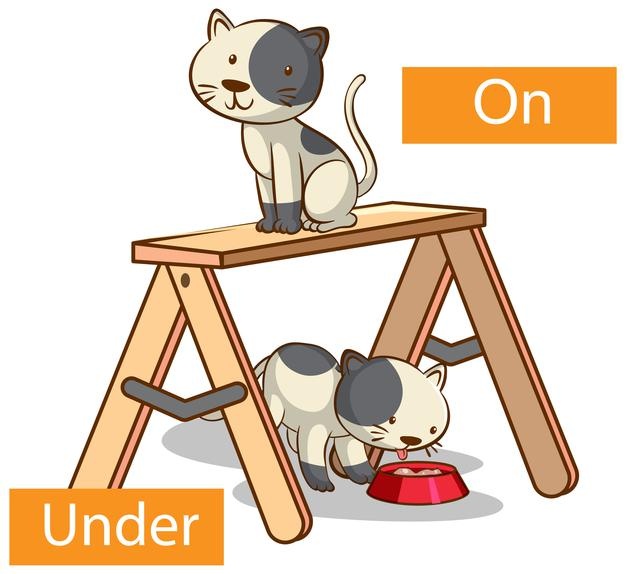EVS Worksheet : Animals Around Us For Class 2
Introduction:
Just like humans , animals also get their energy from plants and other animals. Unlike plants, animals cannot prepare food on their own so they are dependent either directly or indirectly on plants for their food.
As animals cannot prepare their own food, animals are called consumers.
Feeding Habits of Animals
Different species in the animal kingdom have different food habits.
According to their feeding habits, animals are classified into:
Herbivores : Animals like cows , buffaloes , sheep etc. that eat only plants.
Carnivores : Animals like lions, tigers, etc., that prey on and eat other animals' flesh .
Omnivores : Animals like bears, crows etc., that feed on both plants and animals.
Herbivores
Some animals feed on grass, plants, fruits and roots while some feed on grams and nuts. These are plant-eating animals. And are called Herbivores. They do not eat the flesh of other animals. Some plant-eating animals are cows, horses, goats, elephants, Buffalo, giraffes etc. Often, herbivores concentrate their munching on just the fruits or seeds of the plants, ignoring stems, leaves, and roots. Herbivores have special digestive tracts that are designed to handle different types of plants and it’s pigments they might get to eat. Herbivores usually have big front teeth, called incisors. Which are used to grasp and cut plants. Herbivores also have molars in the back, which they use to grind up the plants in their mouths. Herbivores are often very large animals in size , such as cows, deer, elephants and elk. And it takes a lot of food to give a large herbivore the energy it needs. That is why herbivores spend a large part of their day eating. Herbivores can also be medium-sized animals such as sheep or goats. Examples of small herbivores include squirrels and chipmunks.
Omnivores
The animals that eat both animals and plants are called omnivores. This type of animal has the advantage of a wide selection of food to satisfy their hunger and dietary needs. Some scientists called omnivores “opportunistic eaters.” This means that they can and will eat almost anything that is around when they are hungry. Omnivores also have the benefit of being able to find food at any time of year because they will eat every kind of food that is available. For example, an omnivore will eat fruits and nuts growing on plants during the summer, and they will also hunt for meat during other seasons of the year. Because omnivores eat almost any type of food, they have different types of teeth. These animals have incisors in the front for cutting ,They have canines, which help them tear up meat. Omnivores have molars in the back of their mouths to grind and chew up their food. Bears are an example of a big omnivore. These animals will eat plants such as berries and nuts when these foods are growing. They will also eat fish in the spring. Bears will hunt animals during any season when they need to eat. Raccoons and pigs are examples of medium-sized omnivore animals . Many birds eat both insects and berries, making them omnivores like crows. Omnivores live in every type of environment, including deserts, forests, water, and even the arctic.
Carnivores
The mammal that eats only the meat from other animals is a carnivore. In the wild, a carnivore will hunt other animals for food to satisfy their hunger. Carnivores generally have to eat a lot to give them the energy they need. Sometimes these animals have to spend most of their days hunting to make sure they get enough food. Because carnivores need to cut and tear up their food, they have big canine teeth and sharp molars. Carnivores usually have small incisors in the front of their mouths. Big carnivores include lions, tigers, and wolves. Some birds such as hawks and eagles are also included in carnivores. Snakes are usually carnivores as well. They also show a great diversity in size like Small carnivores include frogs, birds such as robins, and spiders. Carnivores provide an important service in the wild as they help to control the population of other animals. If carnivores were not hunting and removing these animals from environments, these animals would overpopulate the area.
Instructions to solve worksheet
Given below is a picture of different animals identify them and on the basics of your learning and understanding of their feeding habit Write :-
H – for herbivores animal
O – for omnivores animal
C- for carnivores animal
Importance of Environmental Education
- EVS helps children to develop their own insights into the functioning of several things or understanding human processes in their environment. Such interactions with their surrounding environment are immensely important for the healthy development of children.
- Not only does environmental education offer opportunities for experiential learning outside of the classroom, it enables students to make connections and apply their learning in the real world.
- EVS helps learners see the interconnectedness of social, ecological, economic, cultural, and political issues.
- By providing environmental education to students they will engage problem-solving techniques of the outer world to their subjects to understand a particular problem by implying outdoor environmental solutions.
- Environmental Education gives students a new meaning of exploring mother nature to see and resolve the issues which are harmful to the environment and this will also help them in maintaining their own health by doing physical work so that their bodies will be immune from some serious health issues such as short-sightedness, obesity and in some cases even lack concentration.
- The one major issues which we need to deal with is pollution and if we don’t educate our kids about the hazardous effects of environmental damage there will be no future of the world.





















